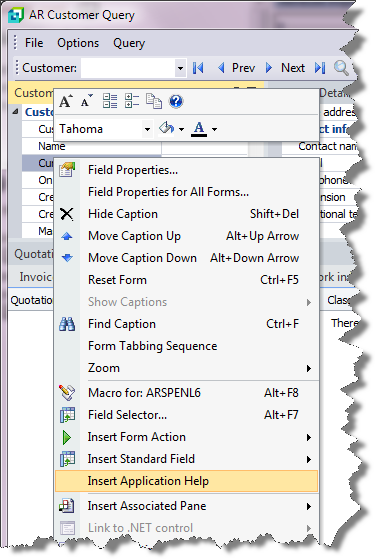You use this program to view details of where a specific stock item is currently being used. This includes jobs, job allocations, purchase orders, requisitions, sales orders and any parent part against which the stock code is in turn used.
When this program is accessed from the ECC Change Orders program, you can identify all products affected by the raising of an engineering change order (at least one product must be specified before an ECO can be moved from the system status of New to In Progress). All routes identified as being under engineering change control are included.
You can view a list of existing jobs, purchase orders and sales orders relating to the products. These can be placed on hold manually, if you do not want to make use of the status events to achieve this.
| Field | Description |
|---|---|
| Options | |
| Non-current structures |
This displays information for non-current structures when the Structure on/off dates option is enabled (Bill of Materials Setup). Structure on and off dates for components are defined against the bill of material using the Structures and Routings program. |
| Change w/h for quantities |
Enables you to indicate the warehouse to use for displaying quantities in the On hand and Available columns of the Where-used Details pane. Changing the warehouse does not affect the components, jobs, purchase orders or sales orders displayed under the parent item in the tree view. In addition, if you enabled the Alternate routings option (Bill of Materials Setup) then selecting the routing node displays the On hand and Available quantity for the selected warehouse. You can select to use the parent item's warehouse to display the On hand and Available quantities, or you can indicate a specific warehouse for which you want to display the On hand and Available quantities. |
This displays the information in the form of a tree view and enables you to select the item for which you want to display information.
Within each route node, the applicable parent parts are displayed, enabling you to drill down to jobs, job allocations, purchase orders, requisitions, sales orders and any parent part against which the stock code is in turn used.
All routes in which the stock code appears as a component are included as nodes on the tree view when the Alternate routings setup option is enabled (Bill of Materials Setup).
This displays the detailed information for the item you selected in the Where-used Structure tree view.
Although the default wording displayed for the revision and release information is Rev and Rel, it is replaced by whatever wording you assigned to these user-defined fields (Bill of Materials Setup).
The Include in MRP column displays whether the stock code for a specific Purchase order, Requisition or Sales order was included in the Material Requirements Planning calculation.
| Column | Description |
|---|---|
| Job Allocation totals |
Indicates the total number of allocations, total value and quantity required and total value and quantity issued. Completed allocations are not included. The total value required and issued is not displayed if you cannot view costs. See Field considerations in Notes and warnings. |
| Job Totals |
Indicates the total number of jobs, total current job value, total quantity to make, total quantity manufactured and the total outstanding quantity. Completed jobs are not included. The total current job value is not displayed if you cannot view costs. See Field considerations in Notes and warnings. |
| Purchase Order Totals |
Indicates the total number of orders, total order value, total order quantity, total receipt quantity and total outstanding quantity. Only purchase order lines with an outstanding quantity are included. |
| Requisition Totals | Indicates the total number of requisitions and the total quantify and value. |
| Sales Order Totals |
Indicates the total number of orders, total order value, total order quantity, total ship quantify and total back order quantity. Only sales order lines containing a back order quantity are included. |
-
This program can also be accessed by selecting the Where-used function from the Affected Items tab of the ECC Change Orders program.
Operator access to the following fields within this program can be restricted. You configure this using the Security Fields function of the Operators program.
| Field | Description | ||||
|---|---|---|---|---|---|
| INV Show costs in Inventory/WIP queries |
Controls whether stock item costs are displayed in the Inventory, Work in Progress, Projects and Contracts and Inventory Planning modules. It also controls whether cost values are printed on the Stock Take Variance report and the unit cost for bought out items is printed on the Advanced Trial Kitting (Legacy) report.
|
||||
Inserting Application Help
You would typically follow this procedure to display help for the current program in a customized pane that can be pinned to the program window.
Information includes step-by-step instructions for the various functions available within the program, including a brief overview of what the program does, what setup options are required and how to personalize the program.
-
Open the program for which you want to insert application help into a customized pane.
This functionality is only available for a program that has panes.
-
Right-click any form field.
You can also click the triangle menu icon that appears in the title area of a pane.
-
Select Insert Application Help from the context-sensitive menu.
The application help appears in a pane within your program. You can reposition the pane using the docking stickers or pin it to the program window.
Removing the Application Help pane
If you no longer want to display application help in a pane for your current program, you can simply remove it.
-
Select the Close icon in the right-hand corner of the application help pane.
-
Confirm that you want to delete the pane.
![[Note]](images/note.png)

